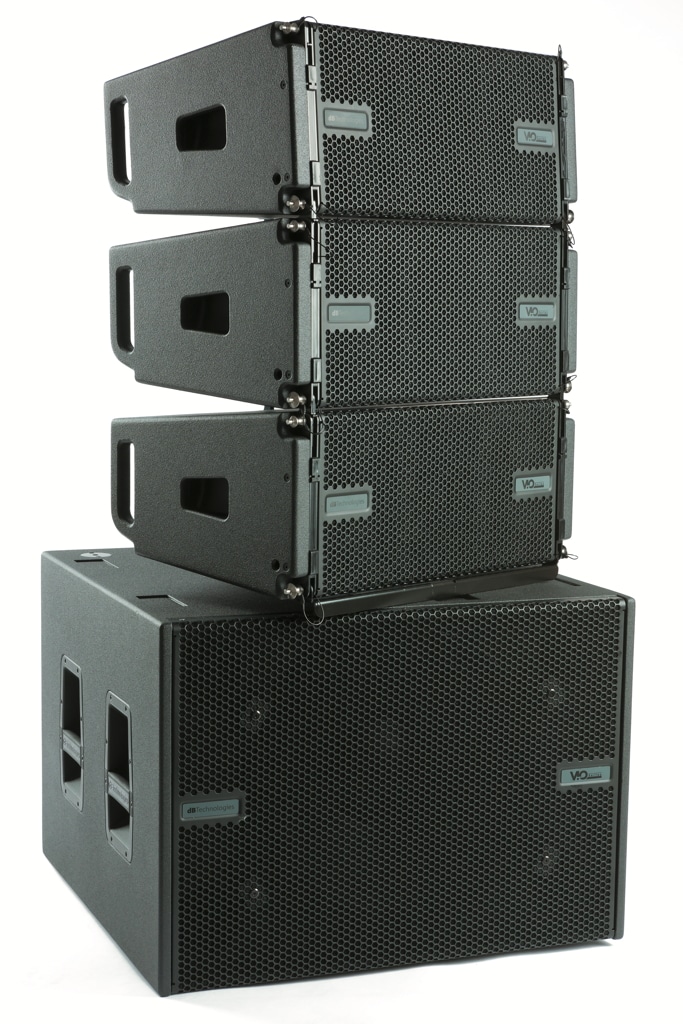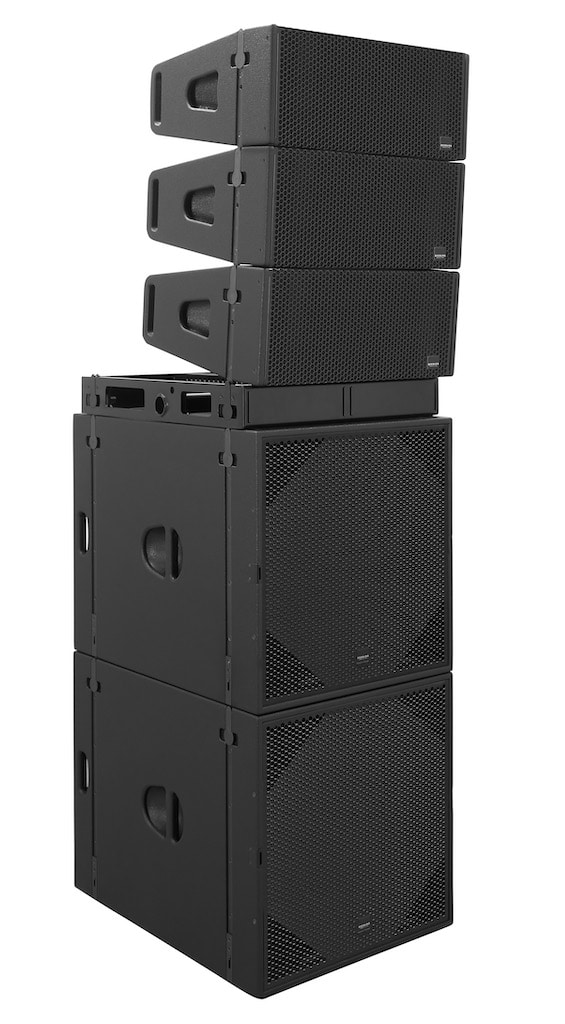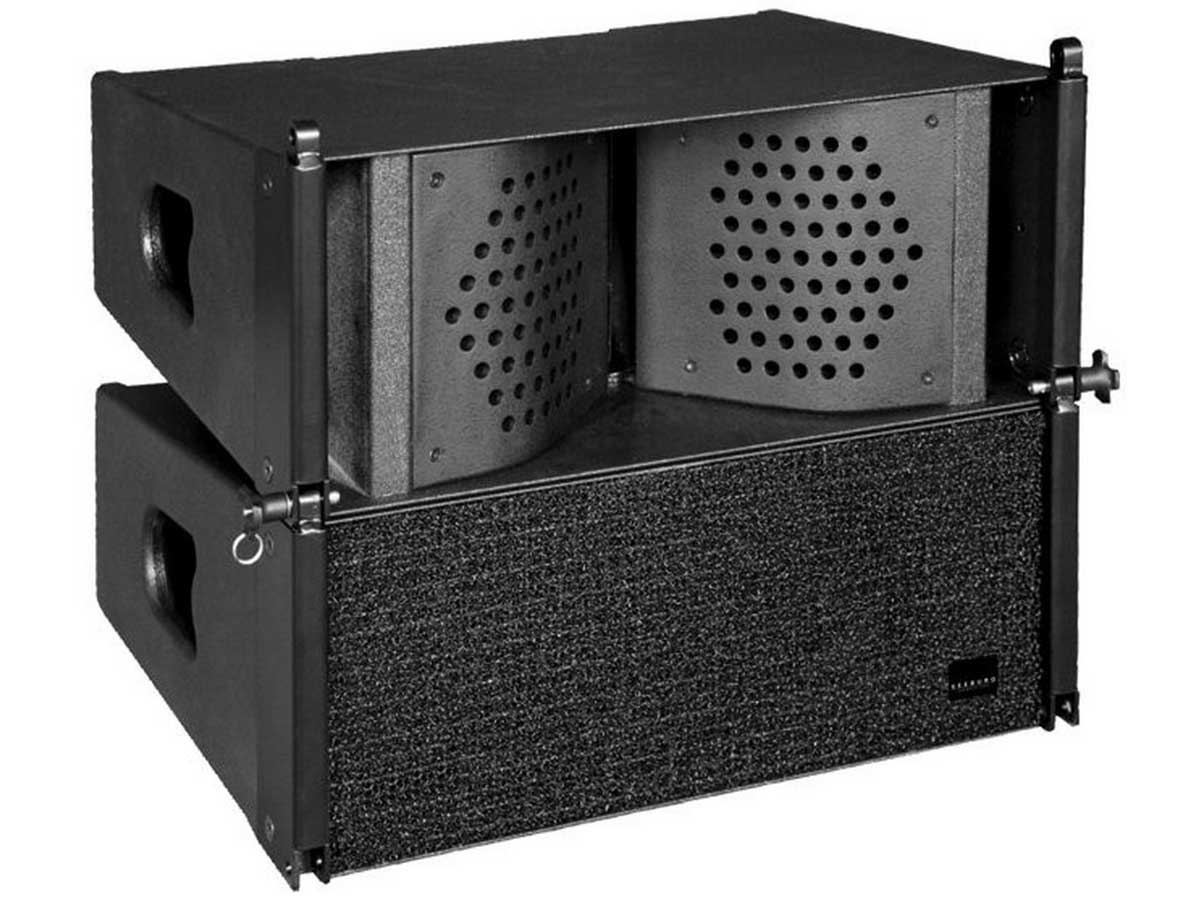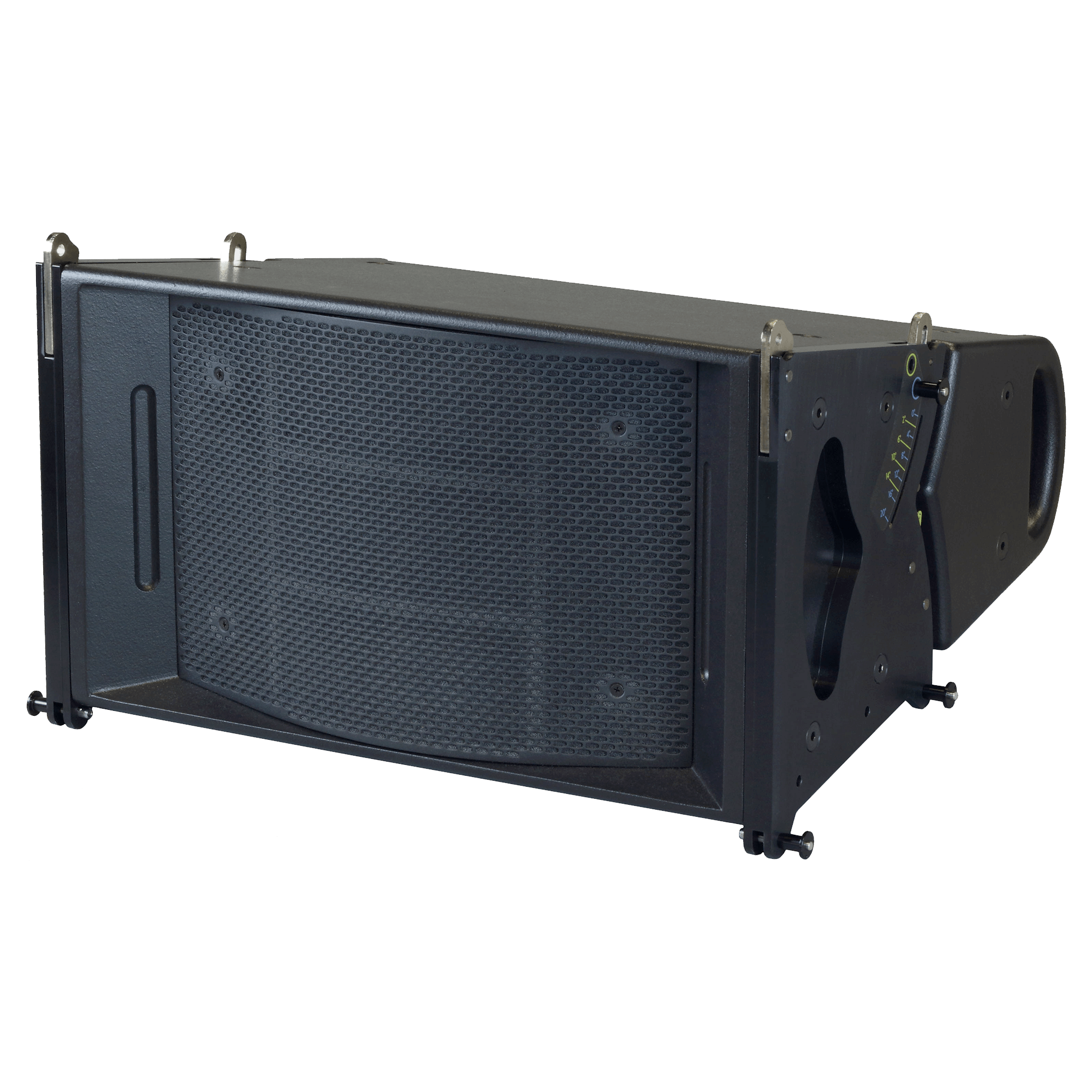dasdoing
Major Contributor
could one use one of these for example? https://commercial.presonus.com/products/WorxAudio-V5M
has anybody ever meassured something like this?
has anybody ever meassured something like this?
These typically have narrow horizontal and extremely narrow vertical directivity.could one use one of these for example? https://commercial.presonus.com/products/WorxAudio-V5M
has anybody ever meassured something like this?


narrow horizontal
extremely narrow vertical directivity
could one use one of these for example? https://commercial.presonus.com/products/WorxAudio-V5M
has anybody ever meassured something like this?
You showed the measurements already. As they are cross-checked with professional users, You might argue that the data is correct. So, what's Your decision, give it a try? Please, in case report.
The 1/3 octave resolution in the Mark Audio measurements will hide that
On vertical I disagree heavily. I cannot stands how much sound changes with head movement.
These aren’t cheap to just try out and later return (assuming it’s possible):
~$2-3k for the dual 5-inch models
~$5k for the dual 8-inch
I thought they’d be cheaper since the (re)brand is “Presonus” — but nope!
I’ve never heard of anyone using this type of speaker at home. It would be interesting if anyone with experience would chime in… in all practicality these are meant for very high-SPL playback positioned distantly.



It seems that the designs and price vary quite a bit
here are many variants for each model and it’s not very clear what all the differences are
And while I was able to open the provided GLL data files, I haven’t been able to figure out yet how to display the FR properly yet.
Fulcrum Acoustic’s only line array design looks a bit different, but at least the most relevant information is provided clearly
dispersion controled from 600-9000 only.
and the vertical gets crazy narrow.
could one use one of these for example? https://commercial.presonus.com/products/WorxAudio-V5M
why do think it’s effective only in that range?
The narrow dispersion we already kind of fully expected
The vertical directivity is quite narrow and may not provide adequate coverage in some applications
The compression driver's output is funneled through a diffraction slot. To the extent that diffraction results in audible coloration the result will presumably be colored, because you cannot fix diffraction with EQ.
Thus far I have yet to hear a line array or J-array composed of such elements that actually sounded good to me.
as I allready said, in my opinion 20 degrees is enough. it shouldn't be too extreme though (like the Fulcrum).
they are also verticly controlled, on contrary to all normal speakers which have a strong narrowing
I am wondering about the implications. what type of coloration would you expect which is not EQable?
I think for horizontal directivity to be wide, it should be >100°
And while I was able to open the provided GLL data files, I haven’t been able to figure out yet how to display the FR properly yet.
